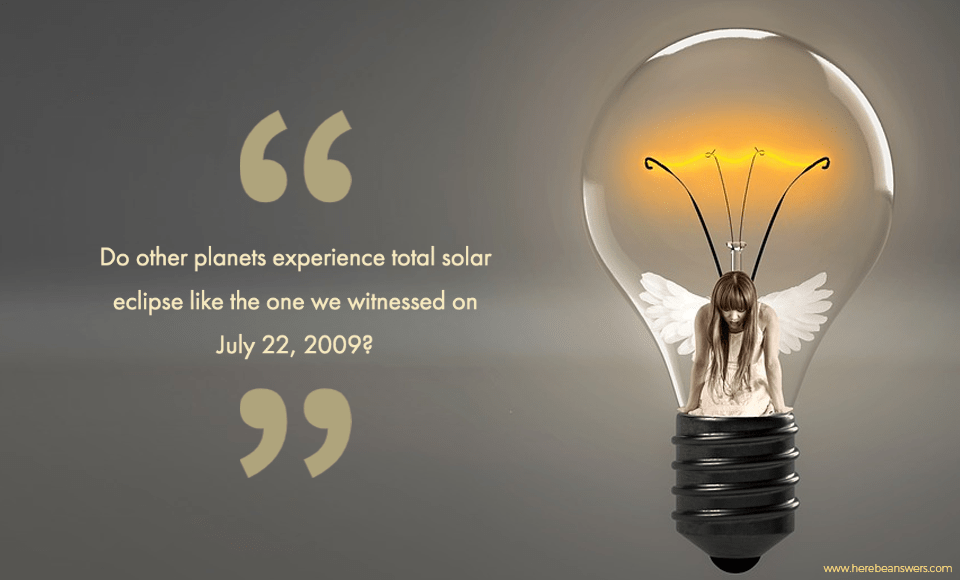We all probably know the magnificent beauty of the scientific phenomenon – the solar eclipse. A solar eclipse is an occurrence wherein the moon moves in front of the sun, which partially or wholly blocks it. The result of a solar eclipse is a beautiful scientific wonder that covers some parts of the Earth with the shadow of the moon.
Now that we know what a solar eclipse is, we can say that it is an occurrence that is possible because of the presence of the sun and moon, and without them, a solar eclipse would never occur. Furthermore, it is a result of the exact alignment of the sun, moon, and Earth. A solar eclipse is a rare event that only occurs on Earth every eighteen months on average; this is on different parts of the globe. However, they can recur in a specific place on the planet once every 360 to 410 years.
Moreover, there is a solar eclipse that happened on July 22, 2009, which had a remarkable impact in scientific history. It was a total solar eclipse that covered some parts of the Earth and was the longest of all solar eclipses in the 21st century. The eclipse lasted for six minutes and 38.86 seconds off the coast of Southeast Asia. Because of this, many tourists went to eastern China, Pakistan, Japan, India, Nepal, and Bangladesh to witness the rare eclipse in the area.
With these said, a solar eclipse requires time to achieve its perfect alignment, at least here on Earth. We might come up with the question – do other planets experience total solar eclipse like the one on July 22, 2009?
Does a total solar eclipse occur in other planets?
A simple answer to this question is no. A solar eclipse does not happen in other planets, only on Earth. It is because of two factors – size and distance. If we try to observe the sun and moon, they might appear in the sky as having the same size. That is why, when the moon passes in front of the sun, it can almost totally cover the entire sun – creating a solar eclipse.
The reason behind this phenomenon is that the diameter of the sun is roughly 400 times that of the moon. At the same time, the sun is also 400 times farther away from Earth than the moon. Both the sun and moon are about 108 times their diameters from the viewer, giving us the appearance that they have the same size. It is not the actual size that matters, but the size that is visible here on Earth. That appearance is not only caused by their actual size but also their distance from our planet. That is why if we put it in a different perspective – like on another planet, we will have different results.
In simpler terms, our planet’s moon has a perfect size and distance from us, and the sun, which is why it is perfectly suited for creating solar eclipses – whether it is partial or total.
Some planets don’t have moons – like Mercury and Venus. In these planets, we can already rule out the possibility of creating a solar eclipse since the number one requirement for it is a moon. However, the rest of the planets in our solar system have moons, but they are not sufficient for creating a solar eclipse.
One example is Mars, which has two small moons. Despite it having two moons, they are not big enough to cover the sun’s light, unlike what we have here on Earth. Those two moons could only create small partial eclipses and not a total eclipse.
On the other hand, the gas giants – Jupiter, Saturn, Uranus, and Neptune, have large moons with a small appearance of the sun. Because of this, it is possible to create a solar eclipse in these planets. However, it is impossible to witness the solar eclipses on these planets since they are made up of gas.
The last one on the list is the dwarf planet – Pluto. Pluto’s largest moon – Charon – has the right size and distance to produce total solar eclipses. However, due to Pluto and Charon always facing each other, only one side of the planet could ever experience the total solar eclipse.
Additional Reading:
- Solar eclipse (Wikipedia)

